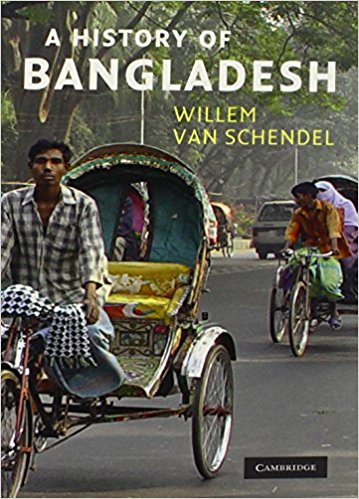Until just a few years ago history had still not escaped the overpowering influence of Leopold van Ranke, the great German historian of the nineteenth century.
History was about a few specific areas and had to be written in a certain top down way. It was about the doings of kings and rulers, heads of government and foreign ministers; they were the ones who did all that mattered for the historian; social and cultural movements, the great waves of history that take a region or a civilization forward, structure and patterns, all these were not the concern of the historian. And, history had to be a narrative, an objective sequence of events based on documentary evidence. Then it all changed. And that change was initiated, as could be expected, by the French; the nouvelle histoire paralleled the nouvelle vague or even the nouvelle cuisine with which we are increasingly familiar.
It was the creation of a new generation of French scholars like Fernand Braudel, who wrote in the 1940s about the longue duree, long term trends, about social and structural changes in society and economics, trade patterns and entrepots. Over the course of the succeeding years the whole writing of history changed; instead of reading about rulers and the big decisions they took, we began to see books describing history from below, as is now well known from the subaltern studies started by Ranajit Guha; books about the history of childhood or of death or madness or sexuality; about the body and bodily gestures. Documents lost their importance, giving way to oral traditions, to paintings and photographs. And it was better recognized that history cannot be totally objective since it is as much a product of the historian, and often more so, as of the facts. The historian needs to go in for heteroglossia. All these changes inevitably brought a reaction. Historians claimed with increasing vehemence that the Rankean ideal was best. But that ideal would have led to a very distorted version of the diverse history of a country like Bangladesh, by separating it from topography and climate, culture and language.

